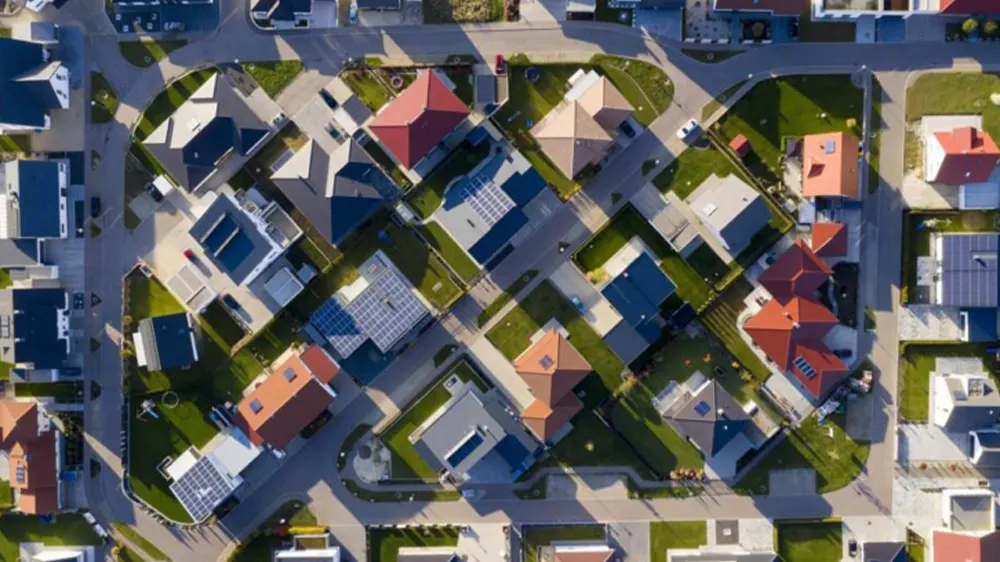
Africa’s Real Estate Boom: Building Dreams Amid Challenges
The skyline of Lagos is a patchwork of contrasts: gleaming high-rises standing tall beside sprawling informal settlements. This duality reflects the complexity of Africa’s real estate market—a sector brimming with opportunities but hindered by stark inequalities. Rapid urbanization and a burgeoning middle class are fueling unprecedented demand for housing and commercial spaces. Yet, the challenges of affordability, infrastructure, and policy inconsistencies remain stubbornly persistent.
Africa’s urban population is expected to double by 2050, with cities like Nairobi, Johannesburg, and Kinshasa leading the charge. This demographic shift has transformed the real estate sector into a focal point for investment. Mega-projects like Eko Atlantic City in Lagos and Tatu City in Kenya aim to create modern urban hubs equipped with state-of-the-art facilities. These developments cater primarily to wealthy elites and expatriates, offering luxury apartments, offices, and retail spaces. However, such projects often sideline the majority, who live in underserved neighborhoods or slums.
Affordability is a pressing concern. The United Nations estimates that 56% of urban Africans live in informal housing. For many, the dream of owning a home remains out of reach, as high construction costs and limited access to mortgages deter potential buyers. Micro-mortgage schemes and prefabricated housing solutions have shown promise in addressing this gap, but scalability remains a challenge.
Technology is reshaping how real estate transactions occur, with platforms like PropertyPro and Jumia House simplifying the process of buying, selling, and renting properties. These tools increase market transparency and accessibility, yet their reach is largely confined to urban centers. In rural areas, where internet access is limited, traditional methods of land acquisition persist, often fraught with disputes and unclear ownership rights.
The sector’s environmental impact is another critical issue. Traditional construction methods and materials are resource-intensive, contributing to deforestation and greenhouse gas emissions. Green building initiatives, which emphasize energy efficiency and sustainable materials, are gaining traction but remain a niche market. Projects like South Africa’s Menlyn Maine, designed as Africa’s first green city, demonstrate the potential for sustainable urban development, but such models are slow to replicate.
Policy inconsistency further complicates the landscape. In some countries, unclear zoning laws and bureaucratic red tape hinder development. Corruption exacerbates these issues, with developers often navigating opaque regulatory systems to secure permits. Governments must streamline policies and incentivize private-sector investments in affordable housing to address the sector’s imbalances.
Despite these challenges, Africa’s real estate market holds immense potential. With the right investments in infrastructure, inclusive policies, and innovative technologies, the sector can bridge the gap between luxury and necessity. The next phase of growth must prioritize equitable urban planning, ensuring that modern cities are built not just for the few but for the many. As Africa’s cities grow, so does the opportunity to redefine what urban living can and should be. The promise of transformation is there—if the obstacles can be cleared.